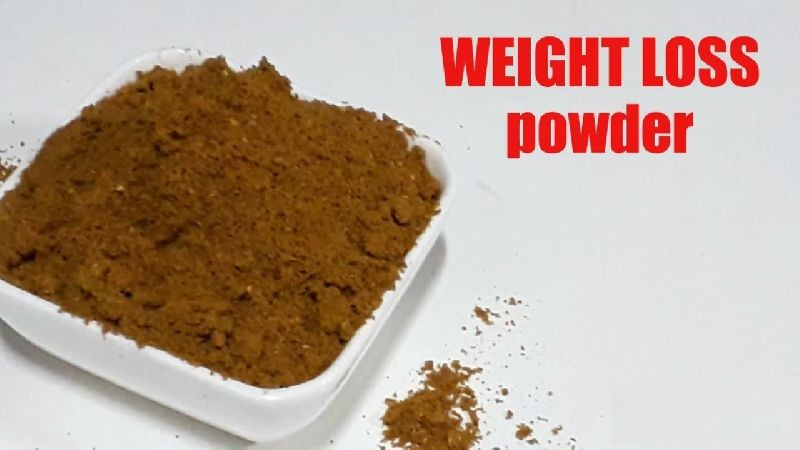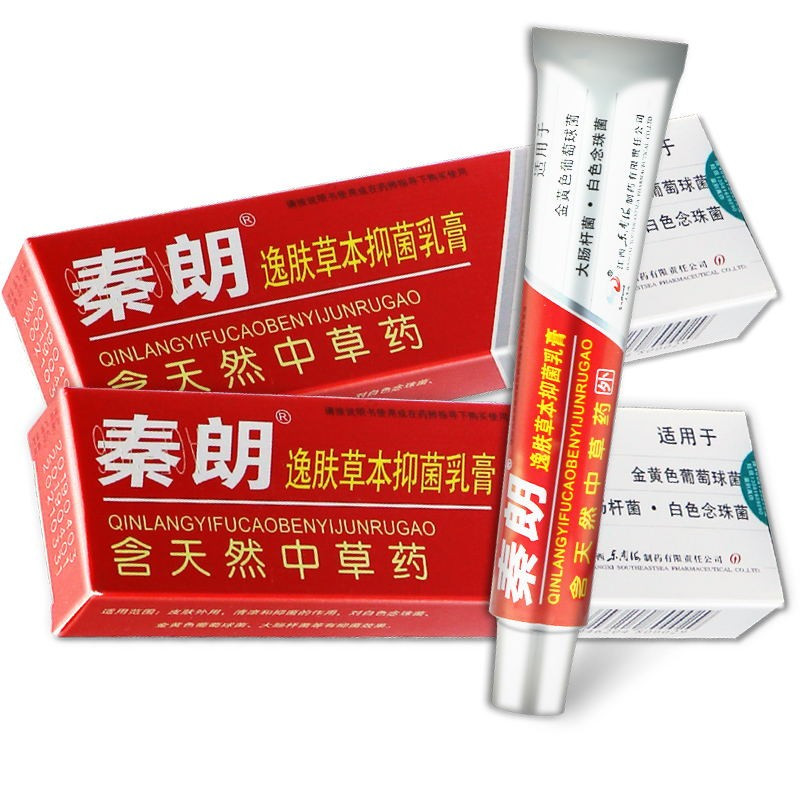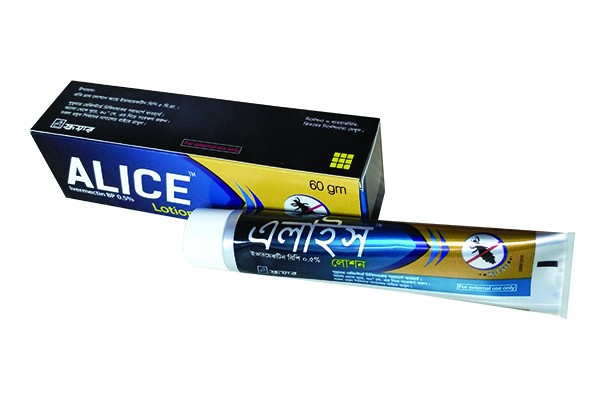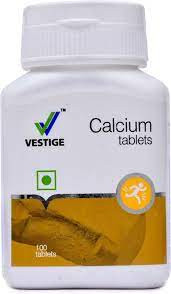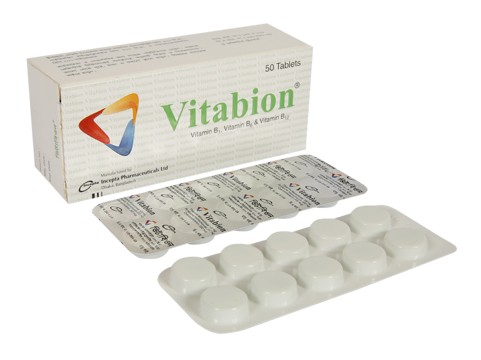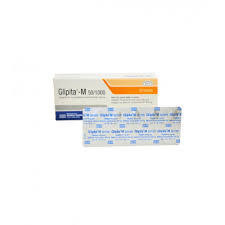

Glipita M Tablet 50 mg+1000 mg (10pcs)
Inhouse product
-
৳1,010.00
৳1,510.00 -
৳10.00
৳12.00 -
৳280.00
৳500.00 -
৳127.00
৳132.00 -
৳900.00
৳1,300.00 -
৳112.00
৳120.00
Reviews & Ratings
Generic
Sitagliptin + Metformin Hydrochloride
Indications
When both sitagliptin and metformin medication is appropriate, this is advised as an addition to diet and exercise to enhance glycemic control in persons with type 2 diabetes mellitus. Important usage restrictions:
- This should not be used in people with type 1 diabetes or to treat diabetic ketoacidosis because it is ineffective in these cases.
- This has not been investigated in patients who have had pancreatitis in the past. It's unclear whether people who have had pancreatitis in the past are more likely to develop pancreatitis while using this.
Pharmacology
This pill combines two antihyperglycemic medicines with complimentary modes of action to help patients with type 2 diabetes improve their glycemic control. Metformin HCl, a member of the biguanide class, and Sitagliptin, a dipeptidyl peptidase-4 (DPP-4) inhibitor. Sitagliptin is a dipeptidyl peptidase-4 (DPP-4) inhibitor that is thought to work in type 2 diabetes patients by reducing the inactivation of incretin hormones. The intestine releases incretin hormones throughout the day, including glucagon-like peptide-1 (GLP-1) and glucose-dependent insulinotropic polypeptide (GIP), and levels rise in response to a meal. T activates these hormones very quickly.
Dosage & Administration
Dose of film-coated tablet:
The dosage of this tablet should be individualized on the basis of the
patient's current regimen, efectiveness, and tolerability while not
exceeding the maximum recommended daily dose of 100 mg sitagliptin and
2000 mg metformin. Initial combination therapy or maintenance of
combination therapy should be individualized and left to the discretion
of the health care provider.
This tablet should generally be
given twice daily with meals, with gradual dose escalation, to reduce
the gastrointestinal (GI) side efects due to metformin.
The
starting dose of this tablet should be based on the patient’s current
regimen. This tablet should be given twice daily with meals.
The
recommended starting dose in patients not currently treated with
metformin is 50 mg sitagliptin/500 mg metformin hydrochloride twice
daily, with gradual dose escalation recommended to reduce
gastrointestinal side efects associated with metformin.
The
starting dose in patients already treated with metformin should provide
sitagliptin dosed as 50 mg twice daily (100 mg total daily dose) and the
dose of metformin already being taken. For patients taking metformin
850 mg twice daily, the recommended starting dose of this tablet is 50
mg sitagliptin/1000 mg metformin hydrochloride twice daily.
No
studies have been performed specifcally examining the safety and efcacy
of Sitagliptin Phosphate Monohydrate INN/Metformin Hydrochloride BP in
patients previously treated with other oral antihyperglycemic agents and
switched to Sitagliptin Phosphate Monohydrate INN/Metformin
Hydrochloride BP. Any change in therapy of type 2 diabetes should be
undertaken with care and appropriate monitoring as changes in glycemic
control can occur.
Dose of extended-release tablet:
Administer once daily with a meal preferably in the evening. Gradually
escalate the dose to reduce the gastrointestinal side effects due to
Metformin. May adjust the dosing based on effectiveness and tolerability
while not exceeding the maximum recommended daily dose of 100 mg
Sitagliptin and 2000 mg Metformin extended-release. Maintain the same
total daily dose of Sitagliptin and Metformin when changing between
film-coated tablet and extended-release tablet, without exceeding the
maximum recommended daily dose of 2000 mg Metformin extended-release.
Patients
using two extended-release tablets (such as two 50/500 or two 50/1000
tablets) should take the two tablets together once daily. The 100 mg
Sitagliptin/1000 mg Metformin HCI extended-release tablet should be
taken as a single tablet once daily.
Patients treated with an
insulin secretagogue or insulin: Co-administration of the combination
with an insulin secretagogue (e.g., sulfonylurea) or insulin may require
lower doses of the insulin secretagogue or insulin to reduce the risk
of hypoglycemia.
Interaction
Cationic Medicines: Cationic drugs are removed from the body by renal tubular secretion: Use at your own risk.
Phenprocoumon: Metformin may reduce phenprocoumon's anticoagulant effect. As a result, careful monitoring of the INR is advised.
Metformin's hypoglycemia effect can be reduced by taking levothyroxine. Blood glucose levels should be monitored, especially when thyroid hormone therapy is started or stopped, and metformin dosage should be modified if necessary.
Contraindications
Renal disease or renal dysfunction, as shown by serum creatinine values of 1.5 mg/dL [males], 1.4 mg/dL [females] or aberrant creatinine clearance, which can also be caused by situations including cardiovascular collapse (shock), acute myocardial infarction, and septicemia, is contraindicated.
Acute or chronic metabolic acidosis with or without coma, including diabetic ketoacidosis.
An allergic reaction to this tablet or sitagliptin in the past, such as anaphylaxis or angioedema.
Patients having radiologic examinations involving intravascular infusion of iodinated contrast materials should temporarily stop taking this pill.
Side Effects
Diarrhea, upper respiratory tract infection, and headache were the most prevalent adverse effects recorded in 5% of patients who started sitagliptin and metformin at the same time, and were more common than in placebo participants.
Hypoglycemia and headache were reported in 5% of patients treated with sitagliptin in combination with sulfonylurea and metformin, and were reported more frequently than in patients treated with placebo in combination with sulfonylurea and metformin.
In 5% of individuals treated with sitagliptin in combination with insulin and metformin, hypoglycemia was the sole adverse reaction reported, which was more common than in patients treated with placebo in combination.
Pregnancy & Lactation
Pregnancy Category B. There are no adequate and well-controlled studies in pregnant women with Sitagliptin Phosphate Monohydrate INN/Metformin Hydrochloride BP or its individual components; therefore, the safety of Sitagliptin Phosphate Monohydrate INN/Metformin Hydrochloride BP in pregnant women is not known. This tablet should be used during pregnancy only if clearly needed.
It is not known whether sitagliptin is excreted in human milk. Because many drugs are excreted in human milk, caution should be exercised when this tablet is administered to a nursing woman.
Precautions & Warnings
- Lactic Acidosis- Lactic acidosis is a side effect of metformin use. Sepsis, dehydration, excessive alcohol use, hepatic insufficiency, renal impairment, and severe congestive heart failure all enhance the risk.
- Malaise, myalgias, respiratory discomfort, increased somnolence, and nonspecific stomach distress are some of the symptoms. Low pH, increased anion gap, and high blood lactate are examples of laboratory abnormalities.
- If acidosis is suspected, stop taking this tablet and admit the patient to the hospital right away.
- Patients with hypothyroidism should have their thyroid-stimulating hormone (TSH) levels checked on a regular basis.
- Metformin therapy for a long time has been linked .
Therapeutic Class
Oral hypoglycemic medications in combination
Storage Conditions
Protect from light and moisture by storing in a cool, dry place below 30°C. Keep out of children's reach.
Pharmaceutical Name
Beximco Pharmaceuticals Ltd.
Frequently Bought Products
-
৳1,010.00
৳1,510.00 -
৳10.00
৳12.00 -
৳280.00
৳500.00 -
৳127.00
৳132.00 -
৳900.00
৳1,300.00 -
৳112.00
৳120.00
Online Shopping Bangladesh : MShopBD-Majumder Shop
MShopBD-Majumder Shop Online Shopping in Bangladesh is the Best Shopping store within 10000+ products cash on delivery in dhaka, Khulna, ctg & all over Bangladesh with COD-cash on delivery (Only Shipping Cost Advance ) under by www.esdp.gov.bd (bangladesh.gov.bd ) Home Delivery all Over Bangladesh different location and shop as like as Multivendor Online Sites in BD.
Thank you for choosing MShopBD - Majumder Shop!
